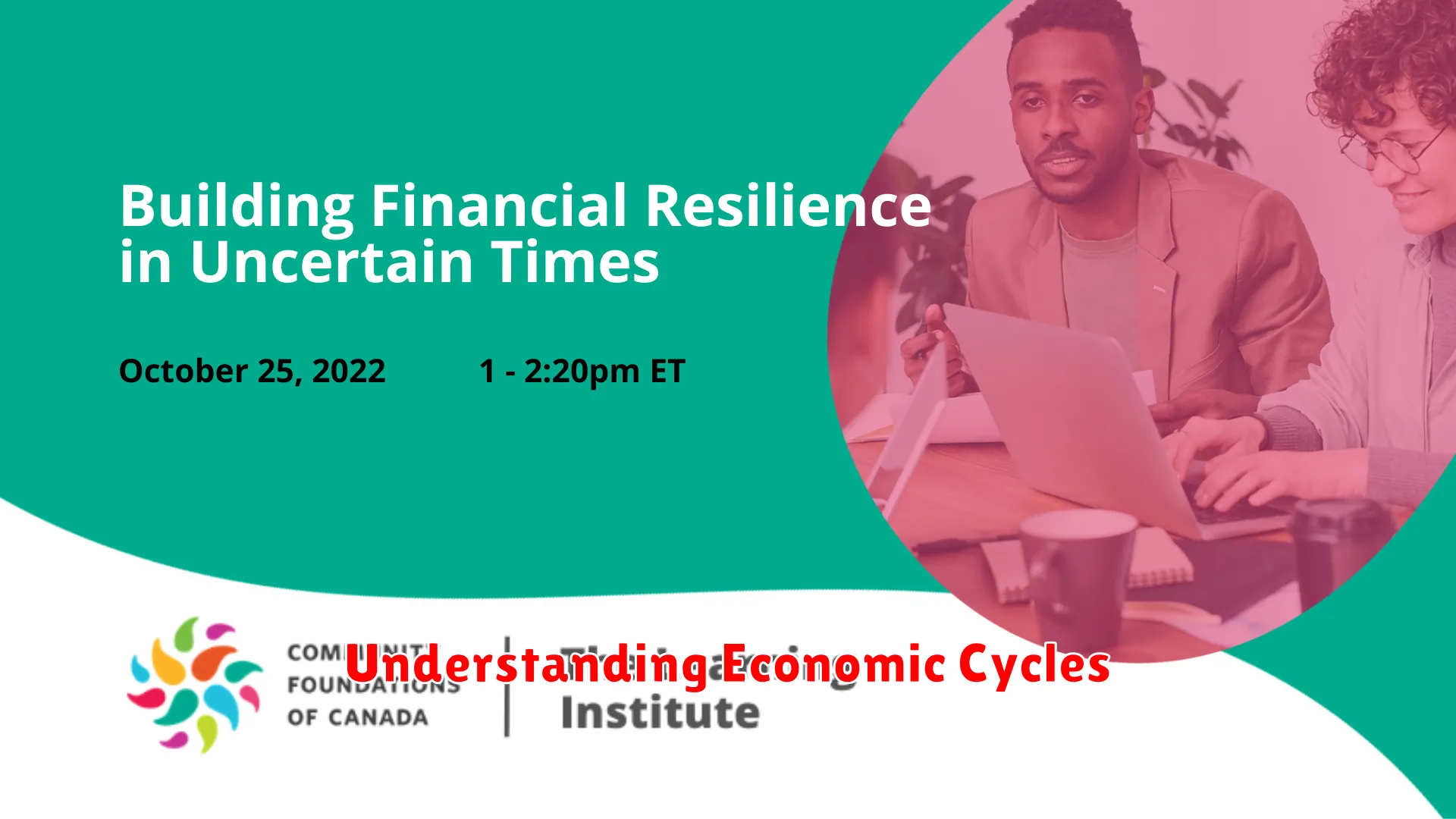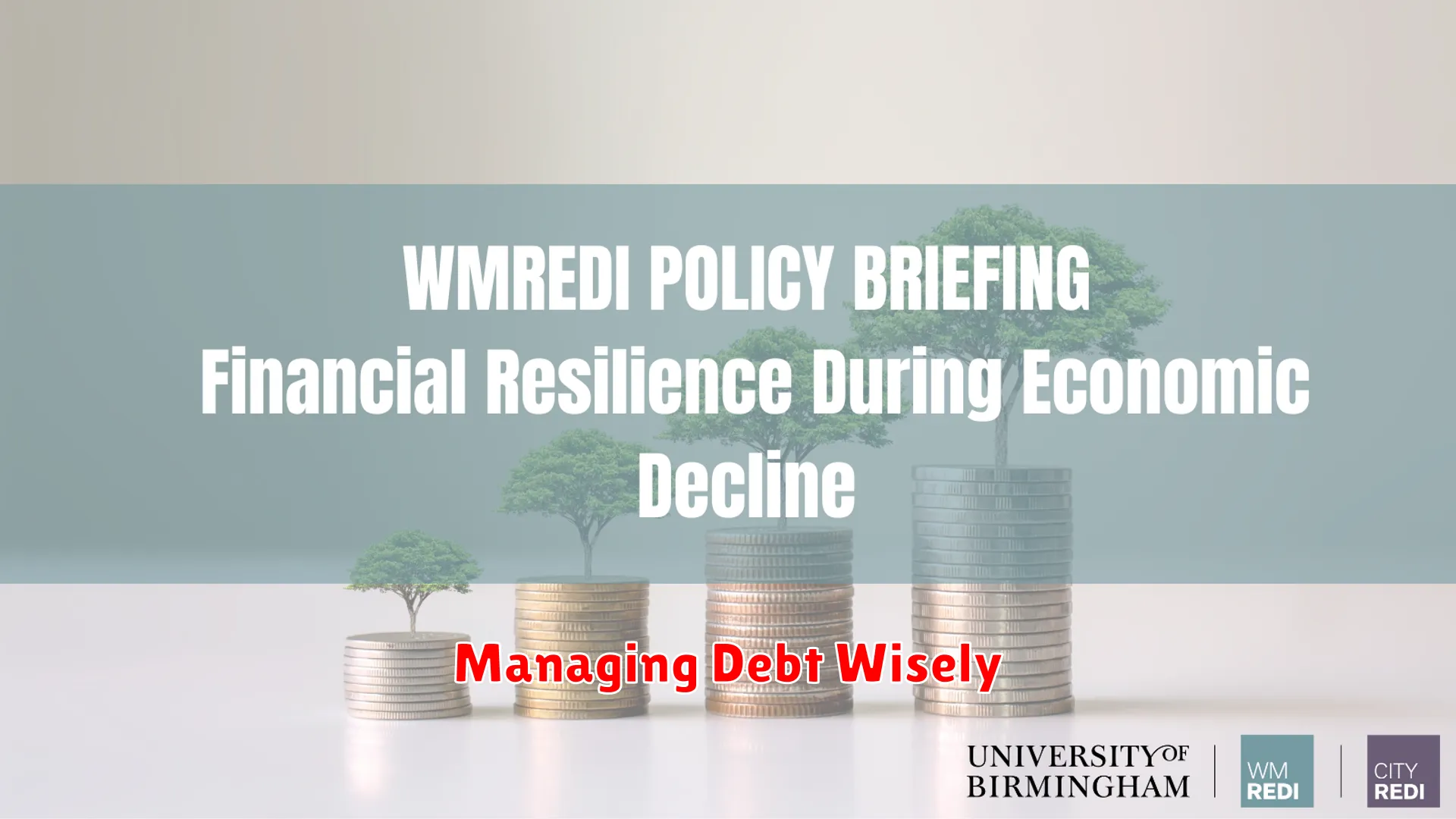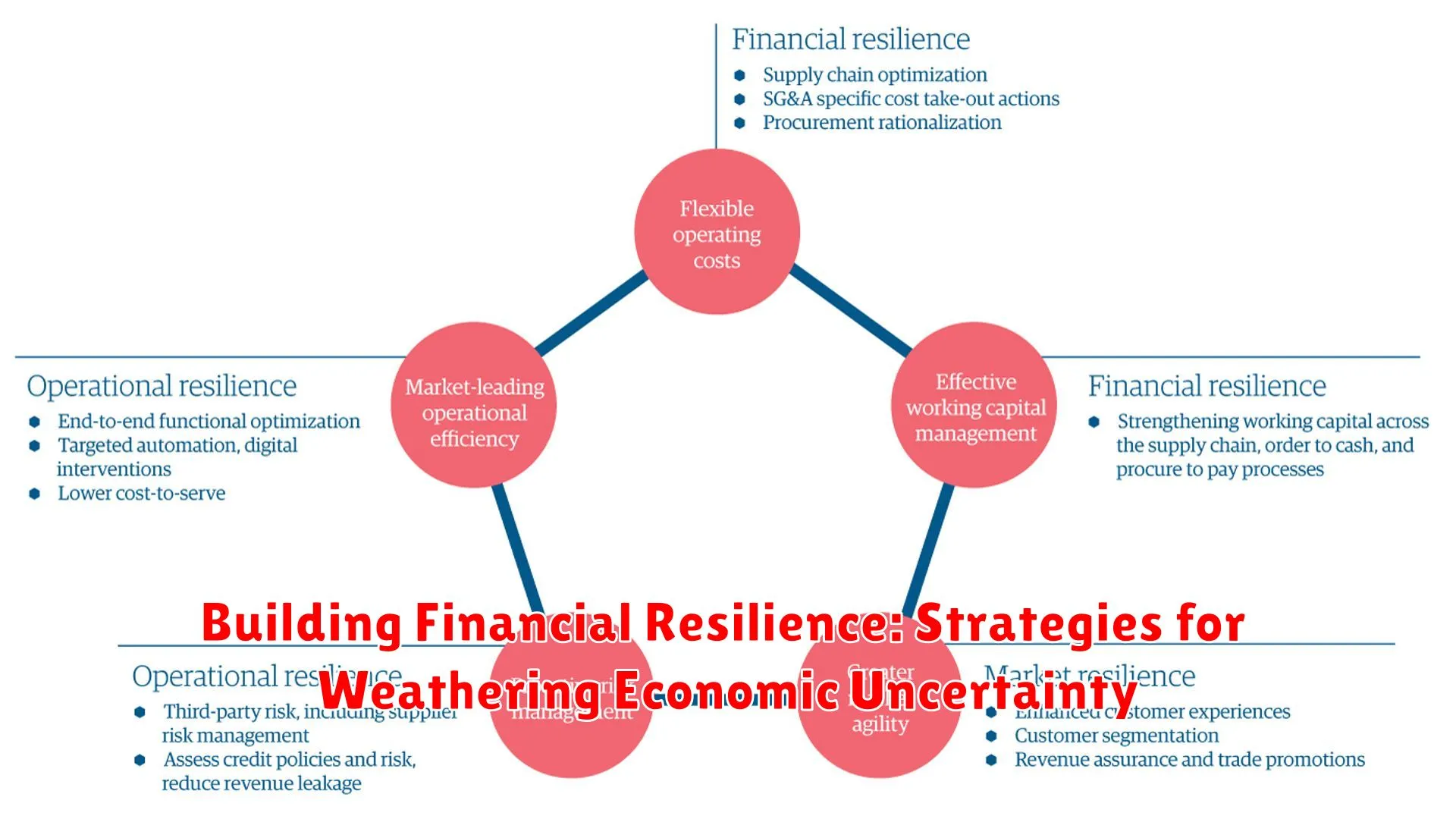In times of economic uncertainty, building financial resilience is crucial. Explore effective strategies to safeguard your financial stability and adapt to changing circumstances. Learn how to protect your finances and thrive in unpredictable financial landscapes.
Understanding Economic Cycles

Understanding economic cycles is essential for building financial resilience in the face of economic uncertainty. Economic cycles refer to the fluctuations in economic activity that occur over time. These cycles typically consist of periods of expansion, peak, contraction, and trough. Here are key points to help you understand economic cycles:
1. Expansion Phase
During the expansion phase, the economy experiences growth with increasing employment, rising GDP, and high consumer confidence. This is a period of prosperity and opportunity for businesses and individuals.
2. Peak Phase
The peak phase marks the highest point of economic growth in a cycle. During this phase, inflation may start to rise, and signs of overheating in certain sectors of the economy may appear. It is a critical point where economic activity reaches its maximum level.
3. Contraction Phase
After the peak phase, the economy enters a contraction phase. This is characterized by declining GDP, rising unemployment, and decreased consumer spending. It is a challenging period for businesses and individuals as economic activity slows down.
4. Trough Phase
The trough phase is the lowest point of the economic cycle. It represents the end of the contraction phase and signals the beginning of a new cycle of economic growth. During this phase, there may be opportunities for investment as the economy starts to recover.
By understanding economic cycles and the phases they entail, individuals and businesses can better prepare for and navigate through periods of economic uncertainty. Building financial resilience involves adapting strategies to align with the current phase of the economic cycle and being mindful of risks and opportunities that each phase presents.
Creating an Emergency Fund

One essential strategy for building financial resilience in the face of economic uncertainty is creating an emergency fund. An emergency fund is a dedicated savings account that can help you cover unexpected expenses or financial hardships without having to rely on borrowing or dipping into your long-term savings.
To start creating an emergency fund, follow these steps:
- Set a goal: Determine how much you want to save in your emergency fund. A common recommendation is to aim for at least three to six months’ worth of living expenses.
- Establish a budget: Review your income and expenses to identify where you can cut back in order to allocate funds towards your emergency fund.
- Automate your savings: Set up automatic transfers from your checking account to your emergency fund to ensure consistent contributions.
- Choose a high-yield savings account: Look for accounts that offer competitive interest rates to help your emergency fund grow over time.
- Avoid using the fund for non-emergencies: Keep your emergency fund separate from your regular savings to ensure it is available for true emergencies only.
Having a well-funded emergency savings can provide peace of mind and financial security during uncertain times, allowing you to weather unexpected financial challenges without derailing your long-term financial goals.
Diversifying Your Income Sources

Building financial resilience is crucial, especially in times of economic uncertainty. One effective strategy to enhance your financial stability is by diversifying your income sources. Relying on a single source of income can leave you vulnerable to unexpected financial challenges. Here are some ways you can diversify your income:
- Explore Side Hustles: Consider taking on a side job or starting a small business to supplement your primary income. This added revenue stream can help bolster your finances during unstable economic periods.
- Investments: Investing in stocks, real estate, or other assets can provide additional income streams through dividends, capital gains, or rental income. Diversifying your investment portfolio can help mitigate risks and maximize returns.
- Freelancing and Consulting: Monetize your skills and expertise by offering freelance services or consulting work. This can create a flexible source of income that complements your main job.
- Passive Income Streams: Explore opportunities to generate passive income, such as renting out property, creating digital products, or investing in a business that runs without your direct involvement. Passive income can provide financial stability without requiring constant active effort.
By diversifying your income sources, you can build a more resilient financial foundation that can withstand economic challenges. It allows you to spread risks and create multiple streams of revenue, increasing your overall financial security.
Managing Debt Wisely

Dealing with debt is a significant aspect of building financial resilience in the face of economic uncertainties. It is crucial to have a strategic approach to managing debt to ensure long-term financial stability.
One key strategy in managing debt wisely is to prioritize repayment based on interest rates. Start by paying off high-interest debts first, such as credit card balances, to minimize the amount of interest accumulated over time.
It is also important to create a realistic budget that allocates a portion of your income towards debt repayment. By setting aside a specific amount each month, you can make consistent progress in reducing your debt burden.
Another effective way to manage debt is to explore debt consolidation or refinancing options. Consolidating multiple debts into a single loan with a lower interest rate can simplify debt repayment and potentially reduce your monthly payments.
Furthermore, maintaining open communication with creditors is essential. If you are facing financial difficulties, reach out to your creditors to discuss possible alternative payment arrangements or hardship programs. Being proactive in addressing debt issues can help prevent them from escalating.
In summary, managing debt wisely requires a proactive and structured approach. By prioritizing high-interest debts, creating a manageable repayment plan, exploring consolidation options, and maintaining communication with creditors, individuals can take control of their debt and strengthen their financial resilience.
Staying Informed About Financial Trends

Keeping up with financial trends is crucial for individuals looking to build financial resilience and navigate through times of economic uncertainty. Here are some strategies to help you stay informed:
1. Monitor Economic Indicators
Pay attention to key economic indicators such as interest rates, inflation rates, GDP growth, and unemployment rates. Understanding these factors can provide insights into the overall health of the economy and potential trends.
2. Follow Financial News Sources
Stay updated with financial news from reputable sources such as financial websites, newspapers, and business news channels. This can help you stay informed about market developments and emerging trends.
3. Engage with Financial Experts
Attend seminars, webinars, and conferences hosted by financial experts to gain valuable insights and perspectives on current financial trends. Engaging with professionals in the field can provide you with valuable knowledge.
4. Leverage Technology
Utilize financial apps, online platforms, and social media to access real-time market updates, investment opportunities, and financial analysis. Technology can be a valuable tool in staying informed about financial trends.
By staying informed about financial trends, individuals can make informed decisions, adapt to changing economic conditions, and ultimately build financial resilience to withstand uncertainty.
Conclusion
In conclusion, establishing a diverse income stream, creating an emergency fund, and maintaining a frugal lifestyle are essential strategies for enhancing financial resilience during economic uncertainty.

